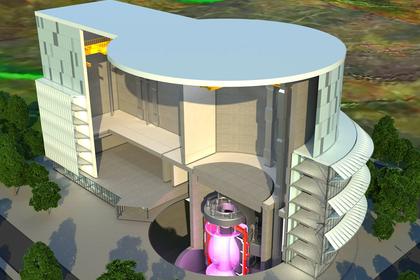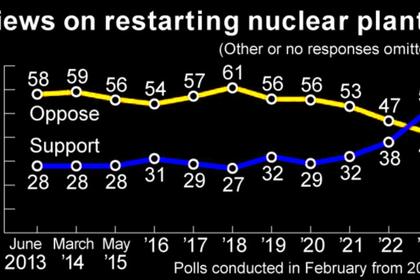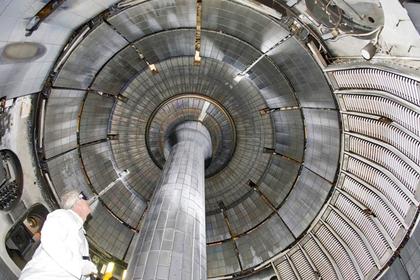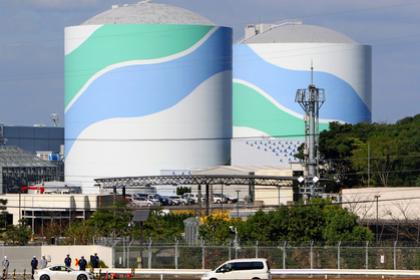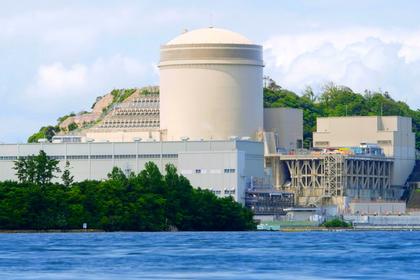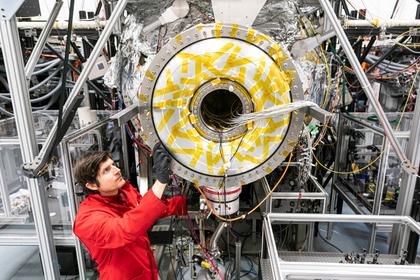
JAPAN FUSION STRATEGY
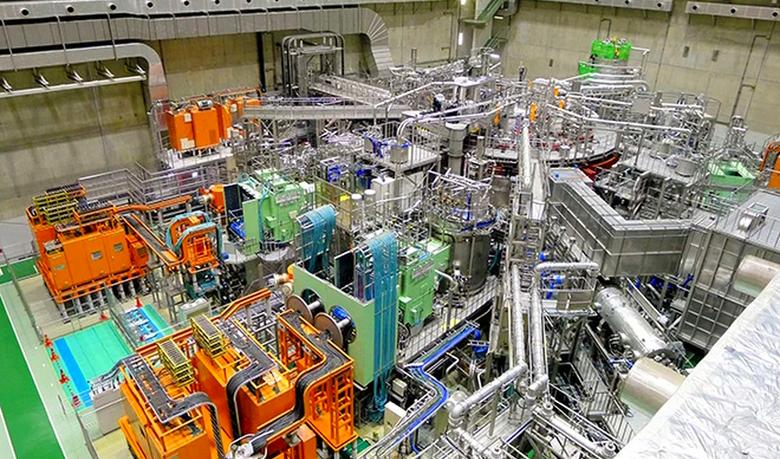
N - 21 April 2023 - Japan has adopted its first-ever national strategy on nuclear fusion reflecting the need to create a domestic fusion industry. The strategy calls for the wider participation of the private sector in fusion energy research & development. “We will list as our vision the industrialisation of fusion energy, using technological advantage, in order to seize market opportunities,” said a report, compiled by the Cabinet Office.
Japan has been a major contributor to International Thermonuclear Experimental Reactor (ITER), under construction in France, which aims for first plasma in 2035. However, fusion research has been changing rapidly in recent years, with investors funding private-sector projects that have ambitions to get commercial reactors operating much sooner than ITER.
In view of these developments, the report says Japan should take a “multifaceted approach” that includes creating and supporting homegrown fusion energy industries, not just participating in ITER.
“Japan enjoys technological superiority and reliability in the manufacturing industry, which have been cultivated through past research and development, as well as the basic research infrastructure and human resource development system that support these advantages,” the report states. “On the other hand, in light of the accelerating situation in other countries, Japan is exposed to the risk of simply providing technology but lagging behind in industrialisation and consequently losing the market competition.”
The government will establish a fusion industry council by March 2024 to develop the related industries, as well as draw up guidelines for ensuring the safety of fusion technology. Japan will also accelerate industry-academia collaboration, with the National Institutes for Quantum Science & Technology (QST), playing a central role, the report said.
The government will also prioritise fusion energy education at domestic universities to develop specialists in the field and seek to attract talent from institutions overseas and from other academic disciplines.
Japan’s two main fusion research facilities are the JT-60SA at the QST Naka Fusion Institute in Naka, Ibaraki and the Large Helical Device (LHD) installed at the National Institute for Fusion Science (NIFS) in Toki, Gifu Prefecture. JT-60SA is an upgrade of the JT-60 (Japan Torus-60) previously run by the Japan Atomic Energy Research Institute (JAERI). JT-60 began operations in 1985. Following several modifications, in 2020, JT60 was upgraded to JT-60SA. In 2021 and 2022, a poloidal field coil short circuit was investigated, and repairs were done.
The LHD is the second largest superconducting stellarator in the world, after Germany’s Wendelstein 7-X. It began operation in 1998 and in 2005 maintained a plasma for 3,900 seconds. In 2006 a new helium cooler was added enabling a number of long-term operations.
Japan’s fusion research dates back to the 1950s, and the government continues to support fusion research, but focused mainly on ITER, the JT-60SA and NIFS. There are a few private start-ups, such as Ex-Fusion and Kyoto Fusioneering, which recently signed a co-operation agreement with the UK Atomic Energy Authority. The new strategy is intended to encourage further private development.
-----
Earlier:
